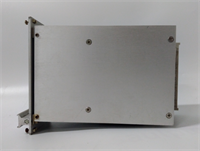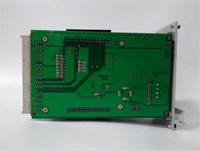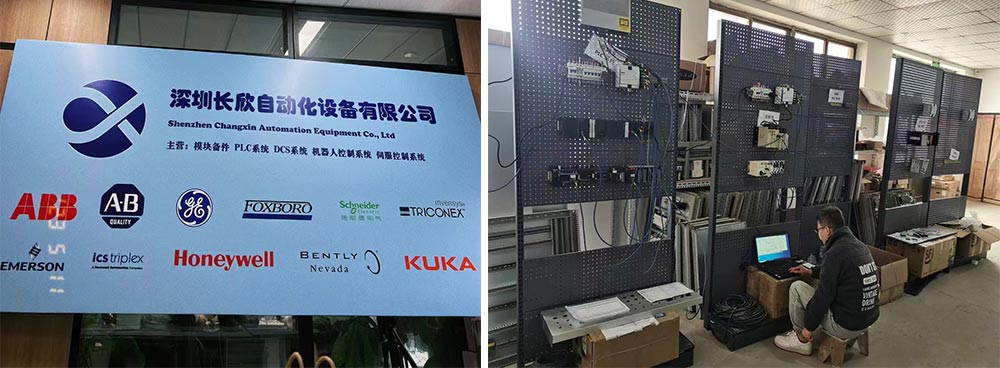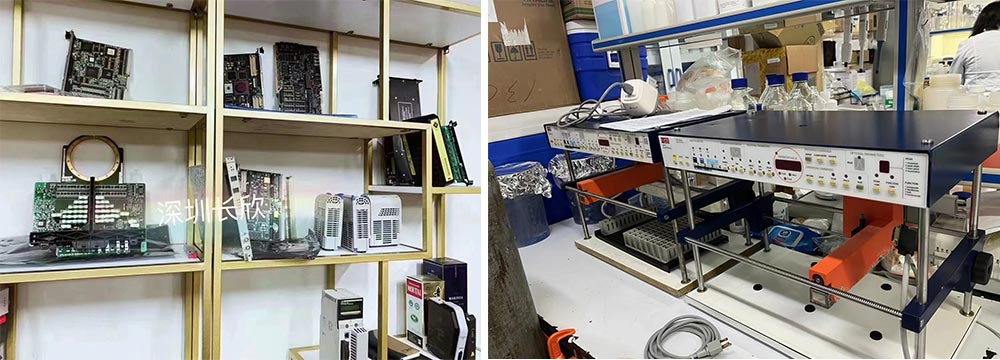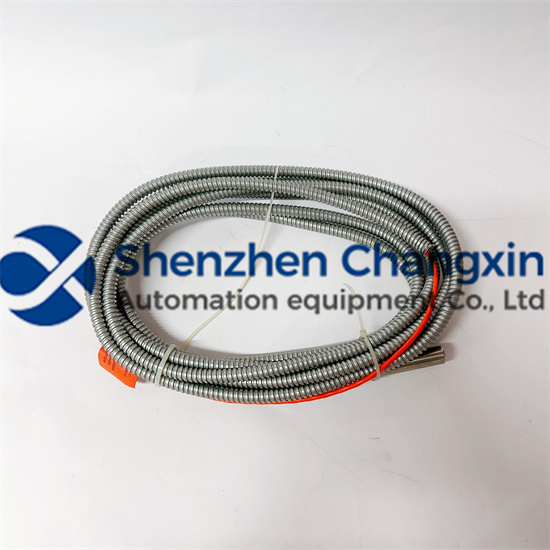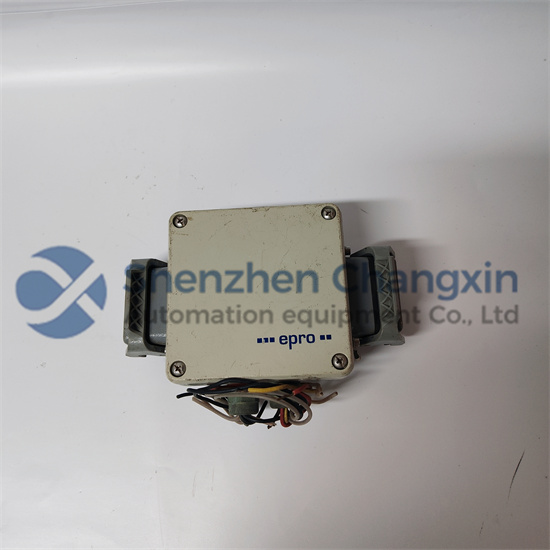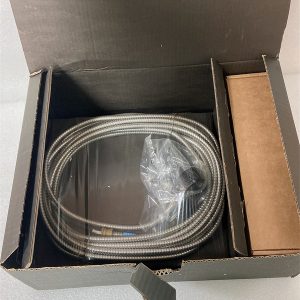Description
Product Description
The MMS6823 EPRO vibration monitoring data acquisition and communication module is used to collect and communicate vibration monitoring data of rotating machinery.
Features
8-way RS 485 input
Data output method:
-MODBUS RTU/ASCII
-Ethernet TCP/IP
Two parallel bus output methods do not affect each other.
The output mode of MODBUS bus
RTU/ASCII is optional.It can transmit characteristic values,real-time waveform data of modules,as well as physical quantities such as module status and alarm status.
Keyphase signal adjustment function
Redundant power input
Using standard 19″frame modules
The MMS6823 EPRO module is a high-performance device used for collecting and transmitting vibration data of rotating machinery.It provides precise measurement and analysis of vibration signals,enabling early detection of potential problems and the development of effective maintenance plans.
The MMS6823 continuously accesses the MMS6000 modules connected to the RS485 bus to achieve real-time data collection function.At the same time,it converts the received feature value data,alarm and module status data into standard MODBUS protocol and TCP/IP protocol output.
MMS6823 is connected to the RS485 bus of the MMS6000 steam turbine monitoring and protection system through an RS-485 communication port to obtain real-time data of various measurement modules in the MMS6000 system.Due to the fact that the data is directly taken from the measurement module without intermediate processing,it has unparalleled accuracy compared to other sampling methods.The system adopts synchronous integration
Collect data in a periodic manner,with optional sampling points,and a maximum of 1024 sampling points.Can collect vibration data and related process parameters for start/stop(transient)and steady-state.The system obtains dynamic signals from tile vibration and shaft vibration,and static signals from measurement modules such as shaft displacement,eccentricity,and differential expansion.Obtain the device’s speed and key signal from the speed module.
The data collection and communication service program adopts multi-threaded technology,and the data read and write operations of each MMS6000 module channel are all parallelized.Each serial port is completed by a separate thread to ensure that the data between channels is synchronized.
According to the output,it is divided into Modbus and TCP/IP communication.Real time data is sent to the MMS6851 server through the local area network according to the TCP/IP communication protocol,and the received real-time data is converted into standard MODBUS protocol(RTU or ASCII)for communication use in DCS or DEH systems.
Modbus protocol:The first serial port RS232 is the Modbus communication port,and MODBUS output can choose MODBUS RTU or MODBUS ASCII protocol mode.The protocol mode can be set by the Modbus field in the XML configuration file.The feature value data,alarm,and module status data received from MMS6000 can be accessed by DCS,DEH,and other systems connected to MMS6823.
TCP/IP protocol:MMS6823 converts the received characteristic value data,waveform data,alarm and module status data into standard TCP/IP protocol,which can be output through Ethernet TCP/IP interface.These data can be accessed and displayed by the vibration analysis system connected to them.The TCP/IP network interface is a standard RJ45 interface,using standard network connection cables.MMS6823 can automatically detect the status of TCP connections.If the connection is disconnected due to software or hardware reasons,the listening thread can immediately detect it and give corresponding instructions.The TCP port allows a client to connect and listen,complete system configuration,debugging,and data communication.The IP address of MMS6823 can be flexibly set according to needs.
Application field
The MMS6823 EPRO vibration monitoring data acquisition and communication module is widely used in large and medium-sized rotating machinery in industries such as power,petrochemicals,coal mines,and metallurgy,such as steam turbine generators,water turbines,electric motors,compressors,pumps,and fans.
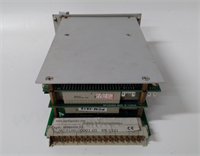
MMS6823 EPRO
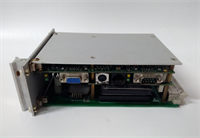
MMS6823 EPRO
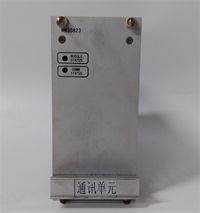
MMS6823 EPRO

 WhatsApp:+86 18005022363 WeChat: +86 18005022363 /+86 18150887953
WhatsApp:+86 18005022363 WeChat: +86 18005022363 /+86 18150887953  Email:
Email:
